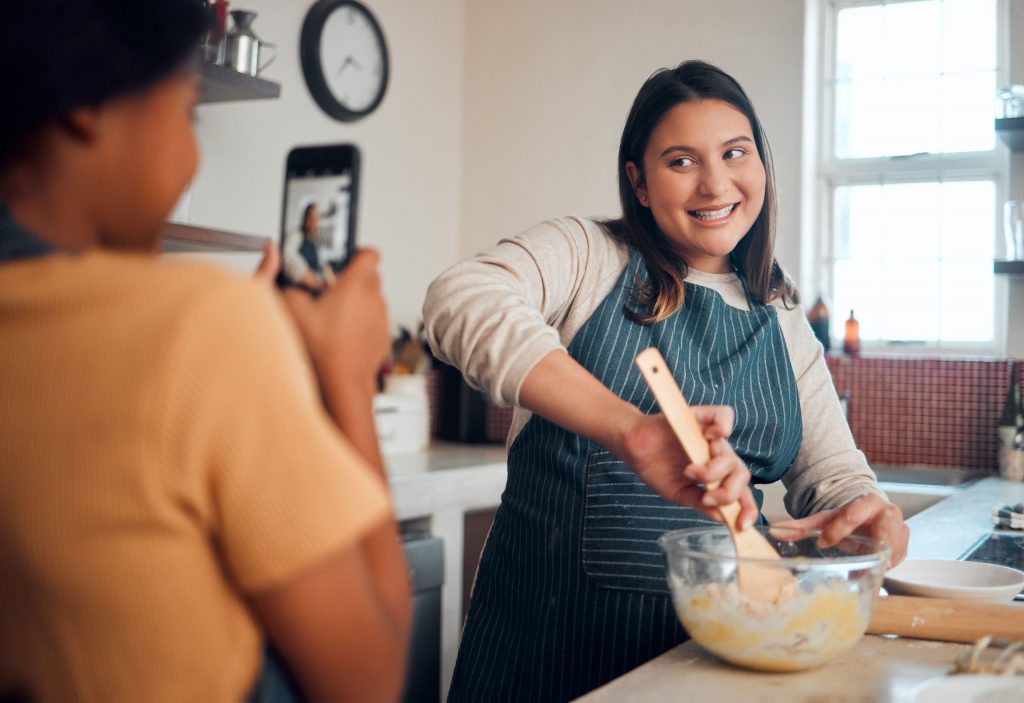Creating recipes that captivate your audience is both an art and a science. In today’s digital world, simply listing ingredients and steps isn’t enough to make your food content stand out. To truly engage readers, inspire them to try your dishes, and keep them coming back for more, your recipes must be clear, compelling, and memorable.
In this article, we’ll explore essential techniques and tips to craft irresistible recipes that not only delight your readers’ taste buds but also help grow your food blog’s reach.
1. Start with a Captivating Title and Introduction
Your recipe title is the first thing readers see — it needs to grab attention and hint at what makes your dish special. Avoid generic titles like “Chicken Soup.” Instead, try “Hearty Lemon-Garlic Chicken Soup for Cozy Nights” or “Vibrant Summer Tomato Gazpacho with Fresh Herbs.”
Next, your introduction should tell a brief story or share the recipe’s origin, appeal, or unique feature. This personal touch helps readers connect emotionally and builds anticipation. For example, mention how this soup was a family favorite during chilly winters or how the gazpacho is a refreshing treat on hot days.
2. Organize Ingredients Clearly and Accurately
List your ingredients in the order they’re used to make the cooking process intuitive. Use precise measurements (cups, grams, teaspoons) and specify details like “room temperature butter” or “finely chopped onions” to avoid confusion.
Consider grouping ingredients by steps if the recipe is complex (e.g., dough ingredients, filling ingredients). This organization reduces reader frustration and streamlines the cooking experience.
3. Write Step-by-Step Instructions That Are Easy to Follow
Your instructions should be concise, logical, and written in the imperative mood (“Chop the onions,” not “You should chop the onions”). Break down complex steps into smaller parts and include timings where appropriate (“Cook for 5 minutes until golden”).
Use descriptive language to help readers visualize each step. Instead of “sauté the vegetables,” say “sauté the vegetables in olive oil over medium heat until they soften and release a fragrant aroma.”
4. Add Tips, Variations, and Serving Suggestions
Including extra information enhances the value of your recipe. Share tips on ingredient substitutions, dietary adjustments (gluten-free, vegan), or ways to store leftovers.
Offer serving ideas to inspire readers on how to enjoy your dish — pairings, presentation, or complementary side dishes. This not only enriches the user experience but also encourages longer engagement with your content.
5. Use High-Quality Photos and Visuals
While writing is crucial, food blogging is a visual medium. Pair your recipe with beautiful, well-lit photos that showcase the finished dish, key steps, or ingredient highlights.
Consider adding short videos or GIFs for tricky techniques. Visuals increase reader trust and motivate them to try the recipe themselves.
6. Optimize for SEO Without Losing Authenticity
To reach a wider audience, optimize your recipe for search engines by including relevant keywords naturally within the title, introduction, and instructions.
Use descriptive alt text for images and consider structured data (recipe schema) if your platform supports it. However, keep the tone authentic and reader-friendly — never sacrifice quality for keyword stuffing.
Conclusion
Writing irresistible recipes requires balancing clarity, creativity, and connection. By crafting engaging titles, well-organized ingredients, clear instructions, helpful tips, stunning visuals, and smart SEO, you’ll create food content that resonates deeply with your readers and drives your blog’s growth.
Ready to elevate your recipe writing skills? Explore our Recipe Content Mastery course and learn from experts how to turn your passion into compelling food stories that attract and delight your audience.

